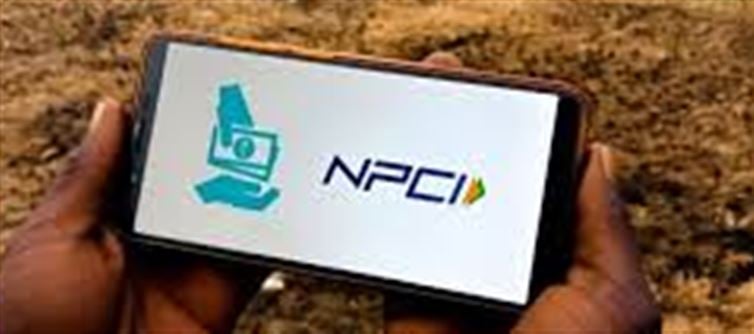
In a significant move to enhance the security and convenience of Unified Payments Interface (UPI), the National Payments Corporation of india (NPCI) has introduced several groundbreaking initiatives. These updates are designed to make UPI transactions safer and more accessible, especially for people who may have difficulty remembering PINs or handling security procedures manually. One of the key highlights is the integration of Aadhaar-linked biometric authentication for setting and resetting UPI PINs.
1. UPI PIN Reset via Aadhaar biometric Authentication: A Game Changer
A major concern for UPI users has been the forgotten PIN. To address this, NPCI has implemented a biometric-based PIN reset mechanism linked with Aadhaar. This new process eliminates the need for manual PIN reset requests or relying on traditional methods such as SMS verification. Now, users can authenticate their identity using biometric data, making the process faster and more secure.
How It Works:
· Step 1: Access the UPI app (Google Pay, PhonePe, etc.).
· Step 2: Choose the option to reset your UPI PIN.
· Step 3: Select the option to authenticate using Aadhaar-linked biometric verification.
· Step 4: The system will authenticate your fingerprint or iris scan (depending on your device's capabilities).
· Step 5: Once authenticated, you can create a new PIN instantly.
This step-by-step process not only ensures more secure transactions but also reduces the chances of fraud.
2. Benefits of Aadhaar-Linked biometric Authentication for UPI PIN Reset
A. Enhanced Security
· Using biometric data (fingerprints or iris scans) is far more secure than SMS or email verification, which can be vulnerable to SIM swaps and phishing attacks.
B. Faster and Hassle-Free Process
· The traditional method of resetting a UPI PIN involves multiple steps, including SMS verification or email-based validation. With biometric verification, users can reset their PIN in seconds without needing to memorize security codes.
C. Increased Accessibility
· people in remote areas who might not be able to receive OTPs or SMSes due to network issues can now conveniently reset their PINs using biometrics. Aadhaar is widely used and accessible, making this a game-changing update for rural and underserved populations.
3. NPCI's Vision for UPI: Making Transactions Safer and Simpler
The NPCI has always focused on making UPI a reliable and user-friendly payment system. With these new features, they are expanding UPI's capabilities, ensuring that the system is:
· User-Centric: More accessible to a wider audience.
· Secure: Minimizing fraud risks through biometric security.
· Inclusive: Making UPI usable for people with limited access to traditional banking infrastructure.
Other Upcoming Features:
NPCI is also working on other features to further enhance UPI’s security and functionality, including:
· UPI 2.0 improvements such as the ability to manage AutoPay mandates and allow users to track UPI-linked subscriptions more easily.
· Instant Refund: Quicker resolution of failed transactions, enhancing user trust in the system.
4. The Future of UPI Payments
With these innovations, NPCI aims to drive the adoption of digital payments across india and streamline the entire payment ecosystem. As UPI continues to evolve, users can expect even more robust security and a better overall experience, further cementing UPI’s position as one of the most widely used and trusted payment platforms in India.
Key Takeaways:
· Biometric Authentication for UPI PIN reset using Aadhaar-linked data.
· A more secure and convenient way to handle forgotten PINs.
· Improved accessibility for rural and underserved populations.
This innovation is a big step forward in digitizing payments and enhancing user experience for millions of UPI users across India.
Disclaimer:
The views and opinions expressed in this article are those of the author and do not necessarily reflect the official policy or position of any agency, organization, employer, or company. All information provided is for general informational purposes only. While every effort has been made to ensure accuracy, we make no representations or warranties of any kind, express or implied, about the completeness, reliability, or suitability of the information contained herein. Readers are advised to verify facts and seek professional advice where necessary. Any reliance placed on such information is strictly at the reader’s own risk..jpg)




 click and follow Indiaherald WhatsApp channel
click and follow Indiaherald WhatsApp channel